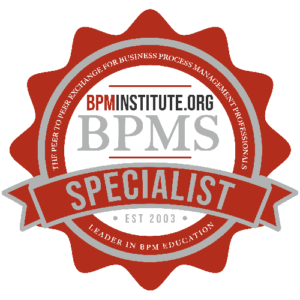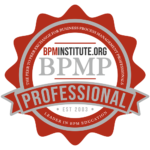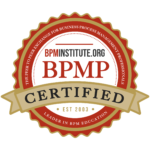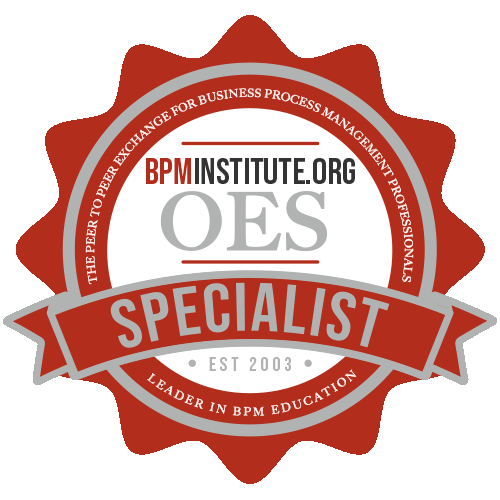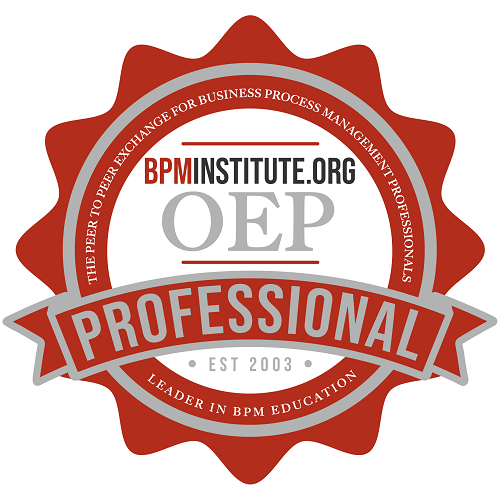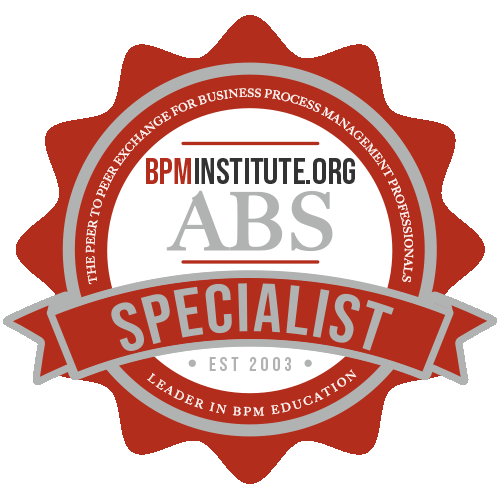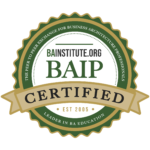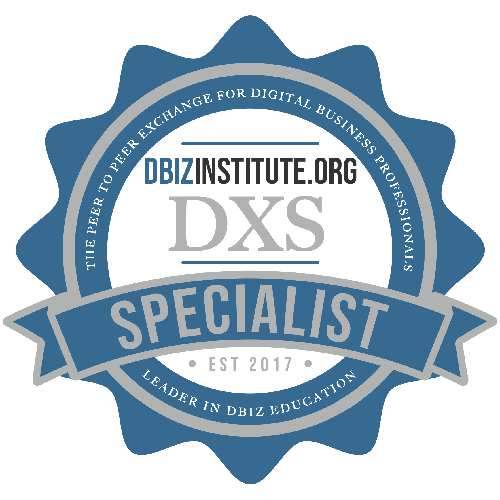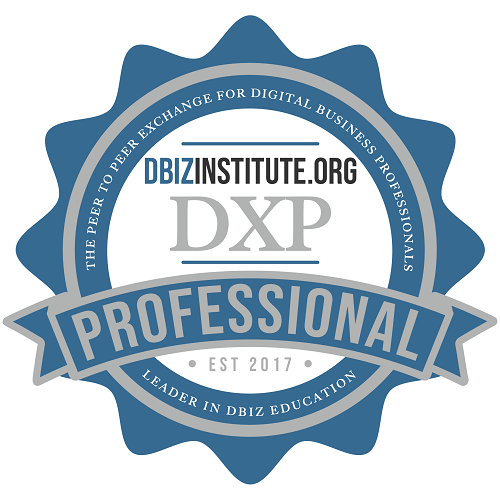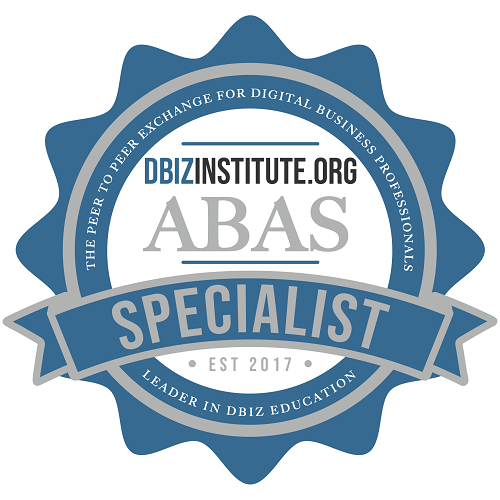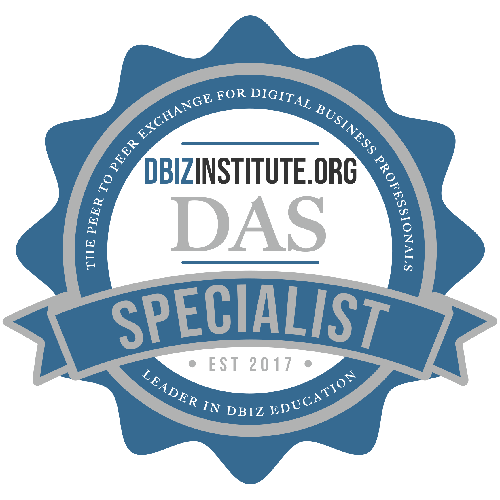Home / Resources
Resources
Discover a Wealth of BPM Knowledge and Expertise at BPMInstitute.org!

Robotics is a GO, now what?
The Future Is Now
Many companies are making the decision to step forward and implement various forms of Digital Process Automation, namely some version of Robotics Process Automation (RPA). There is a spectrum of Automation (Exhibit 1), from simple tasks that “bots” can easily handle to Artificial Intelligence. RPA is the next generation of process automation, moving from scripts and macros, to automating repetitive activities. Companies are choosing where to jump in and how to stand up to the new business capability.

Exhibit 1

3 months ago, we all thought Cambridge Analytica was a font!!!
Consumers are waking up to the fact that if they can’t work out what product that a website is selling, then they are probably the product. Or at least, their data is. We’ve all known this, but probably hadn’t realized how much of our data is being harvested, aggregated and then exploited.
Every business is now a digital business and data is the lifeblood. This is a major shift over the last 10 years, but the true impact is really starting to be recognized. This transformation is a as significant as the industrial revolution, and with the same redistribution of wealth.
So, let’s first cover off which industries or areas of business are being impacted by the combined disruptive effect of cloud, social, mobile, big data. That is easy. ALL OF THEM.
The digital business

Once an Architect…
As is the case with many of us in the Business Architecture forums, my career is firmly rooted in computer science and information technology. The first few years of my professional life found me devising algorithms, designing databases and writing code for various organizations around the Washington, D.C. beltway. It was a pleasant and satisfying endeavor, well suited to my quiet disposition. Despite the unavoidable meetings with end users – which meetings never failed to throw a monkey-wrench into my carefully crafted programs – my projects tended to unfold without major heartaches while I dug deeper into James Martin’s Information Engineering, Barry Boehm’s Spiral Model for Software Development, and Barbara von Halle’s writings on data architecture and business rules.

Visual Management in Enterprise Excellence Deployment
A “Next Level Evolution” model for Operational Excellence to integrate with Business Transformation under the broader concept of Enterprise Excellence was discussed in BPMinstitute.org article in May 2017 1. The impact of a standardized Stage-Gate Process for Innovation and New Product introduction was detailed in April 2018. 2
![]() As Part of a Business Transformation and Enterprise Excellence strategy, how can the tools and techniques of Operational Excellence be integrated into Business Strategy?
As Part of a Business Transformation and Enterprise Excellence strategy, how can the tools and techniques of Operational Excellence be integrated into Business Strategy?
A foundation package of Operational Excellence tools and techniques that should be fundamental to all Business Strategy and Transformation efforts that are part of an Enterprise Excellence deployment strategy is shown below:

BPM Maturity is Needed for Digital Business Success
BPM Maturity is Needed for Digital Business Success
The importance of a process orientation in driving digital business success has been recognized for some time. In the early days of digital – it was already recognized that leading companies succeed with digital by re-envisioning customer experience, operational processes and business models.
Gartner has also stressed the importance of BPM in digital transformation success and predicted that a deficit of BPM maturity may actually prevent 80 percent of organizations from achieving the desired business outcomes from their digitalbusiness strategies.
The main options for deploying digital are:
a) Find a digital tool and deploy it
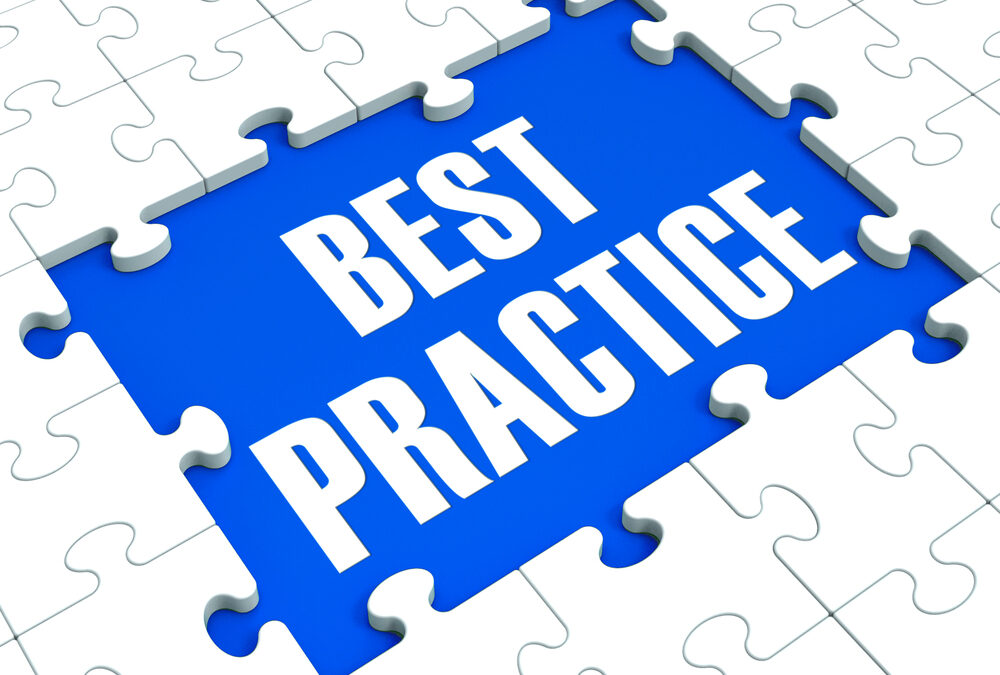
Ten Essential Steps to Create an Effective Data Management Plan
During any kind of research project, you’re going to collect data. This data will vary depending on what you’re studying, but you will need to create a data management plan no matter what. This is because it’s vital you explain exactly how you will use data at every point during the data life cycle. Here’s ten rules that will make creating your own plan simple.
Rule 1: Understand the research sponsor requirements
The first thing you must do is find out what is needed from you from your research sponsor. Each sponsor will have slightly different needs. “Even if you’ve worked with a sponsor before, it’s always best to check to ensure they haven’t recently changed their requirements”, – says Amber Coburn, an Operation Manager at Bigassignments .
Rule 2: Identify the data to be collected

Gaining Insights from Your Process Repository
“How can I get the information I need from this ocean of models? “- questioned the VP of Operations after going through the process repository built for his group. The repository had hundreds of models of different types. They were built over months of effort from Subject Matter Experts and Process / Business Architecture practitioners. He wanted to find out
What percentage of activities are automated and manual?
Which teams use a specific application?
How many teams are involved to execute a value stream?
How many people refer to models in the repository to perform their daily duties?
At what rate are different teams building these models? Etc
The information for which the VP of Operations was asking buried was in the repository – many times in multiple models. To answer each of question, the analyst may need to spend a couple of hours to go through multiple models, generate reports, analyze and then consolidate information.

Don’t Over Plan! Let the Plan Evolve for an Agile Approach
We all know how to plan. From waterfall, we know how to over plan. But how much planning is necessary if you are using an agile approach? Here’s an idea…try starting the first piece of a project before you have the full plan. Radical thought? Did your heart skip a beat? Here’s why this experiment might change your attitude about planning.
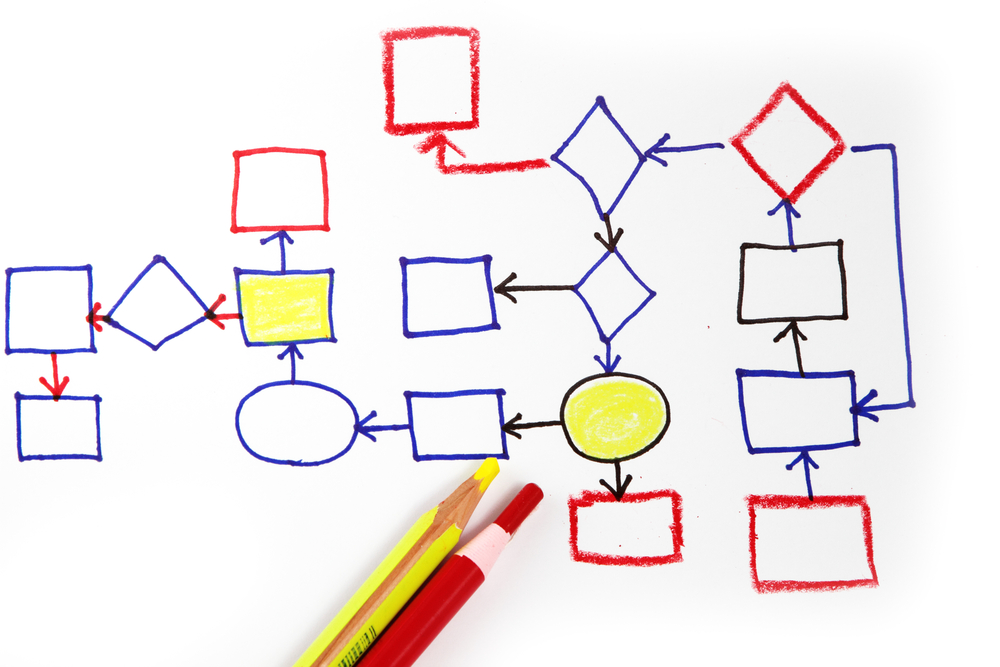
Enterprise Process Map (Part 1 of 2)
Documenting a process generally results in at least a 25% gain in productivity – and often even greater gains. Translating work effort into discrete steps reduces confusion, drives consistency of execution, accelerates training, and usually uncovers efficiency opportunities along the way. But it comes with a risk – the risk of improving a segment of an organization to the detriment of other areas. We call this a localized improvement.

Market Dynamics within the BPM Software Industry
Overview
BPM market has undergone considerable change in the past 5 years. BPM is considered a disruptive technology within all areas of business — front, back and middle office. Recently, this technology was only seriously used by very large corporations, but today smaller organizations are finding a way to incorporate it into their enterprise-wide application portfolios.
Will this trend result in “try finds agility” or are these organization in over their heads.
BPM Consulting Market
I have been consulting within the BPM industry from some time now. Initially I was exposed to the venerable BEA Systems’ AquaLogic BPM (now Oracle BPM). Being assimilated into Oracle, I got enabled with their popular BPEL engine.
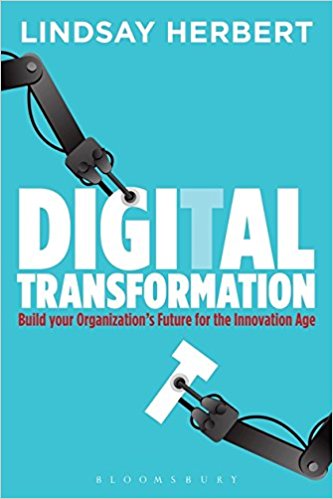
Digital Transformation: Build Your Organization’s Future for the Innovation Age
As with any large infrastructure project, the costs and risks involved in a major innovation program are significant, and how it is led and managed will directly determine its long-term success and sustainability. The secrets of successful digital transformation are usually tightly held by the organizations that achieved them; this new title unlocks the “how” of transformation through digital innovation.
Created from first-hand experiences in leading major innovation programs, supplemented by in-depth interviews with key industry players, each chapter is heavily evidenced with insider insights from the leaders and teams responsible for digital transformations around the world, including: IKEA, the UK Government, Royal Caribbean Cruises, Starbucks, KPMG, Direct Line, and the British Medical Association. Other companies interviewed include Hilton Hotels, Walgreens, Bank of Montreal, and Experian.
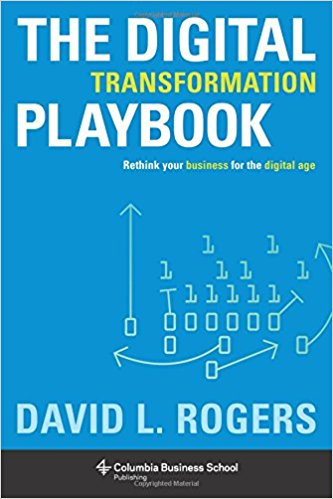
The Digital Transformation Playbook: Rethink Your Business for the Digital Age
Every business begun before the Internet now faces the same challenge: How to transform to compete in a digital economy?
Globally recognized digital expert David L. Rogers argues that digital transformation is not about updating your technology but about upgrading your strategic thinking. Based on Rogers’s decade of research and teaching at Columbia Business School, and his consulting for businesses around the world, The Digital Transformation Playbook shows how pre-digital-era companies can reinvigorate their game plans and capture the new opportunities of the digital world.
Rogers shows why traditional businesses need to rethink their underlying assumptions in five domains of strategy―customers, competition, data, innovation, and value. He reveals how to harness customer networks, platforms, big data, rapid experimentation, and disruptive business models―and how to integrate these into your existing business and organization.
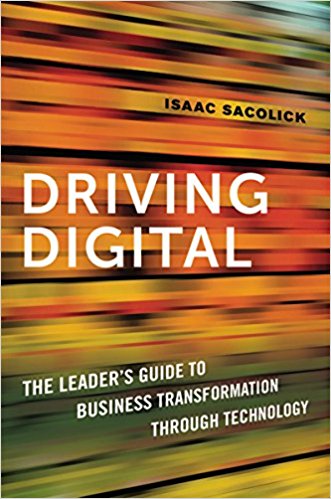
Driving Digital: The Leader’s Guide to Business Transformation Through Technology
The race is on to become a digital enterprise. Every organization has a plan for updating products, technologies, and business processes. But that’s not enough anymore. With disruptive startups outperforming industry stalwarts, executives everywhere are pushing greater growth and innovation. Staying competitive demands a complete digital transformation. For professionals charged with leading technology-driven change, the pressure is intense-and the path forward unclear. Author Isaac Sacolick has successfully spearheaded multiple transformations and helped shape digital-business best practices.

FinTech, RegTech, and Decision Management
The financial services industry has long been a driver for technology innovation. In the aftermath of the 2008 financial crisis, volatile regulations, increased demands for compliance, and a requirement for transparency necessitate the ability to quickly create and easily manage decisions across systems. This is a perfect use case for DMN and its incorporation in the evolution of disruptive “FinTech” systems has attempted to address some of these needs. As the DMN standard is solidified, platforms become more mature, and more people are educated with respect to its power, we can move to examining more places where it can (and will) play a critical role.

Here Is Why Your Company Needs Business Process Management and How to Start Implementing It
Here’s the deal. In order to get ahead as a company, you need to constantly be looking for ways to improve your processes. If you don’t and your competition does, they will be able to lower operating costs, undercut your prices, offer better quality and improve its service. And down that way ruin lies.
The question really isn’t ‘do I improve my processes?’ but ‘how do I improve my processes?’ One fantastic way to answer that question is ‘with Business Process Management’ or BPM for short. This is a powerful tool which will make sure you’ll be able to keep all of your business operations running effectively, efficiently and smoothly.

The Four Dimensions of Business Agility
Since the 1990s, the importance of agility in the success of organizations has gradually come into the spotlight. As a result, more and more organizations are striving to increase their agility. This article serves as a foundation for a series of upcoming articles aimed at helping organizations in these efforts. Its purpose is to identify and clarify the nature of the four dimensions of business agility.

Stage Gate Process Tools & Techniques Within Enterprise Excellence
![]() A “Next Level Evolution” model for Operational Excellence to integrate with Business Transformation under the broader concept of Enterprise Excellence was discussed in BPMinstitute.org article in May 20171.
A “Next Level Evolution” model for Operational Excellence to integrate with Business Transformation under the broader concept of Enterprise Excellence was discussed in BPMinstitute.org article in May 20171.
As Part of a Business Transformation and Enterprise Excellence strategy, how can the business be challenged to innovate and improve products?
A Robust New Product Introduction (NPI) Process should be a core competency at all companies.
Let’s take a look at the methodology and set of tools/techniques of a Stage Gate Process.2

5 Steps to Creating a Process-Centric Organization Without Losing Human Touch!
A process-centric organization works on the principle of dividing a task or a project into separate, individually executable stages to get efficient results. These processes go through their development lifecycle including stages of design, development, testing and quality check, etc. However, maintaining a ‘human-touch’ within the organization becomes tedious!
Such organizations tend to be exclusively result-oriented, as they divide projects into stages and the output of each stage should be as per the organization’s standards.
The attributes of a process-centric company are:

The Forces Driving Process and Operating Model Changes
I keep a checklist of the technology trends to think about when redesigning processes or operating models. Things like “automation” or “digitization” or “mobility” or “social media”. I am always trying to improve my checklist, which led me to two recent articles listing trends to think about, one from BCG and one from McKinsey.
The BCG report “Twelve forces that will radically change the future of work” by Vikram Bhalla, Susanne Dyrchs and Rainer Strack has five trends that seem to be about operations (the other seven are about changes in customer desires or the workforce). The five are:

Crowdsourcing Considerations for Business Architects
1. The Real World
Architects (i.e., building architects) have been grappling for a long time with the challenge of making architecture accessible to the general public, both as a form of artistic expression and as a practical discipline rooted in utilitarian considerations. What they have found is that most people equate “architecture” with “buildings” – i.e., the final product – without giving much thought to the creative conceptualization and design work which long-precedes the actual construction. Exceptions to this rule are famous buildings such as the Guggenheim Museum in New York or the Sydney Opera House, where the otherness of the edifice itself suggests that both artistry and engineering must have had a hand in the design and planning of the construction.
